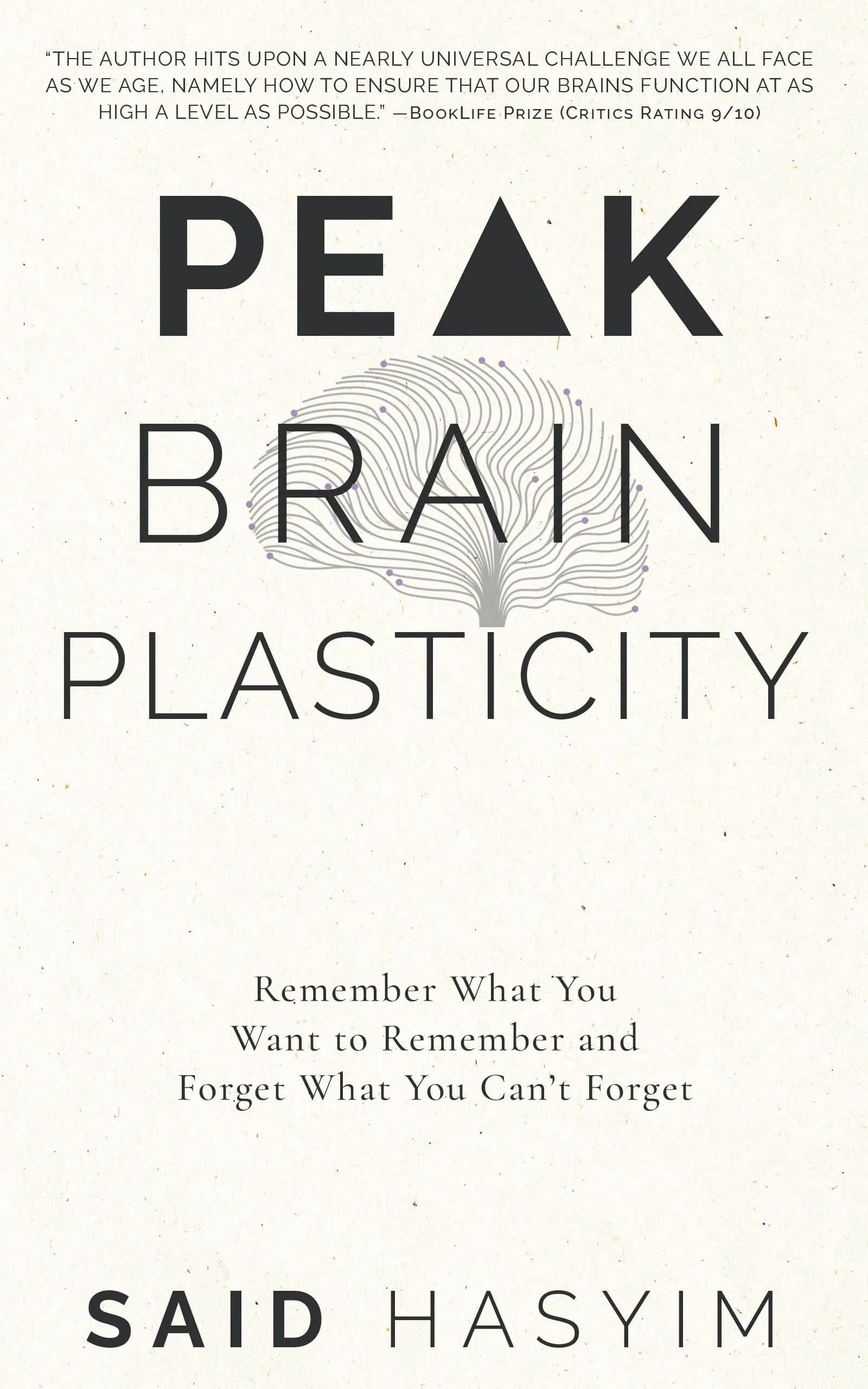Chunking Information: A Memory Enhancement Technique
Memory can often feel like a vast, elusive landscape where facts and figures wander aimlessly, waiting to be recalled when needed. Whether you’re a student trying to memorize lines for your next exam, a professional gearing up for a presentation, or just someone looking to enhance their daily cognitive function, mastering memory techniques can give you a significant advantage. One of the most effective methods is chunking information—a simple yet powerful strategy that can transform the way you store and retrieve information.
What is Chunking?
Chunking is a process of breaking down complex information into smaller, manageable units or "chunks." By grouping related pieces of information into more recognizable patterns, chunking helps enhance our ability to remember and recall data effectively. This method leverages our brain’s natural capacity to retain information by organizing it in a way that makes sense to us.
Imagine you’re trying to remember a long string of digits, such as a phone number: 1234567890. If you were to chunk this number, it would be easier to memorize as (123) 456-7890. Instead of a 10-digit sequence, you’re now remembering three smaller parts, which are far more manageable.
The Psychology Behind Chunking
The term "chunking" was popularized by psychologist George A. Miller in 1956. In his seminal paper, “The Magical Number Seven, Plus or Minus Two,” Miller proposed that the average number of objects an individual can hold in working memory is about seven. However, this limit can be extended by chunking. Instead of trying to remember individual items, we can group them into larger units of information.
For instance, consider the sentence: "The quick brown fox jumps over the lazy dog." Instead of memorizing it as an entire sentence, you could chunk it into phrases like "The quick brown fox" and "jumps over the lazy dog." Each chunk forms a complete idea, making it easier for you to recall the entire sentence later on.
Benefits of Chunking
Enhanced Memory Retention
Chunking allows us to remember more information by reducing cognitive load. Instead of overwhelming your brain with too much at once, chunking creates a structured framework that facilitates easier recall.
Improved Comprehension
When information is chunked, comprehension improves significantly. By organizing related data, you gain contextual understanding, enabling you to see the relationships between pieces of information. This understanding leads to better retention and more profound insights.
Reduced Anxiety
For students and professionals, the pressure to memorize large amounts of information can be daunting. Chunking can relieve some of this anxiety by making the information more approachable. Instead of viewing a massive quantity of data, you’re focusing on digestible chunks, allowing for calmer and more effective study sessions.
Techniques for Effective Chunking
Identify Patterns
Start by identifying relationships within information. For example, in the case of a historical timeline, chunk events by period or theme. Looking for patterns allows you to establish connections that make the information coherent.
Use Mnemonics
Mnemonics can enhance the chunking process. Create acronyms or phrases that encompass the key points you need to remember. For example, to remember the Great Lakes in North America (Superior, Michigan, Huron, Erie, Ontario), you can use the acronym "HOMES."
Group Related Information
When studying, group related concepts together. If you're learning about the human body, chunk information by systems (nervous system, circulatory system, etc.). This categorization creates a natural framework for understanding.
Visual Aids
Incorporate visual aids such as mind maps or diagrams to visualize chunks of information. This not only helps in organizing the information but also reinforces memory through visual learning.
Practice Retrieval
Once you've chunked your information, practice recalling it. Test yourself on the chunks you've created. This active recall strengthens your memory pathways and makes the chunks more accessible over time.
Applications of Chunking in Everyday Life
Academic Success
Students can benefit immensely from chunking in academic settings. Whether studying for tests or organizing information for essays, this technique helps streamline their learning process, making it easier to grasp complicated topics.
Professional Advancement
In the workplace, professionals often need to digest and present large volumes of information. Chunking helps simplify data analysis, allowing for clearer presentations and reports.
Everyday Tasks
Chunking isn’t limited to formal settings; it can improve your daily life as well. For example, when grocery shopping, you can chunk items by category (produce, dairy, meats) to streamline your shopping experience and save time.
Conclusion
Chunking is a robust memory enhancement technique rooted in our cognitive abilities. By breaking down complex information into smaller, more manageable units, we can improve memory retention, comprehension, and recall. Whether you're a student, a professional, or just someone looking to sharpen your cognitive skills, chunking can be a game-changer in how you interact with information.
So the next time you find yourself overwhelmed by a sea of data, remember the power of chunking. With just a little bit of organization and creativity, you can transform your approach to memory and make information more accessible than ever before. Happy chunking!
Harness the Power of Neuroplasticity
Discover Peak Brain Plasticity, a practical book to harnessing neuroplasticity. Enhance your memory, learn new languages quickly, and alleviate anxiety with effective study methods. Uncover daily habits that impact cognitive health and explore techniques for accelerated learning and memory retention. Unlock your brain's potential for growth and transformation.
